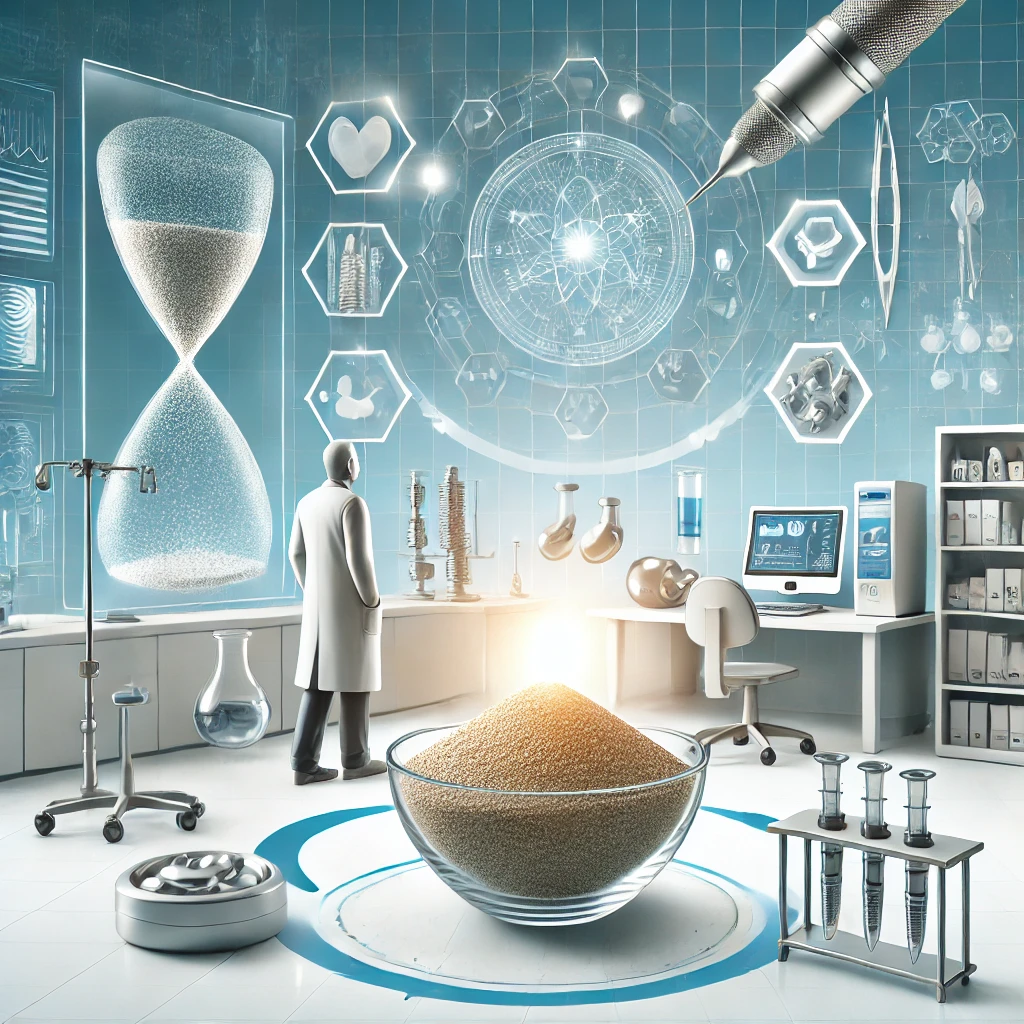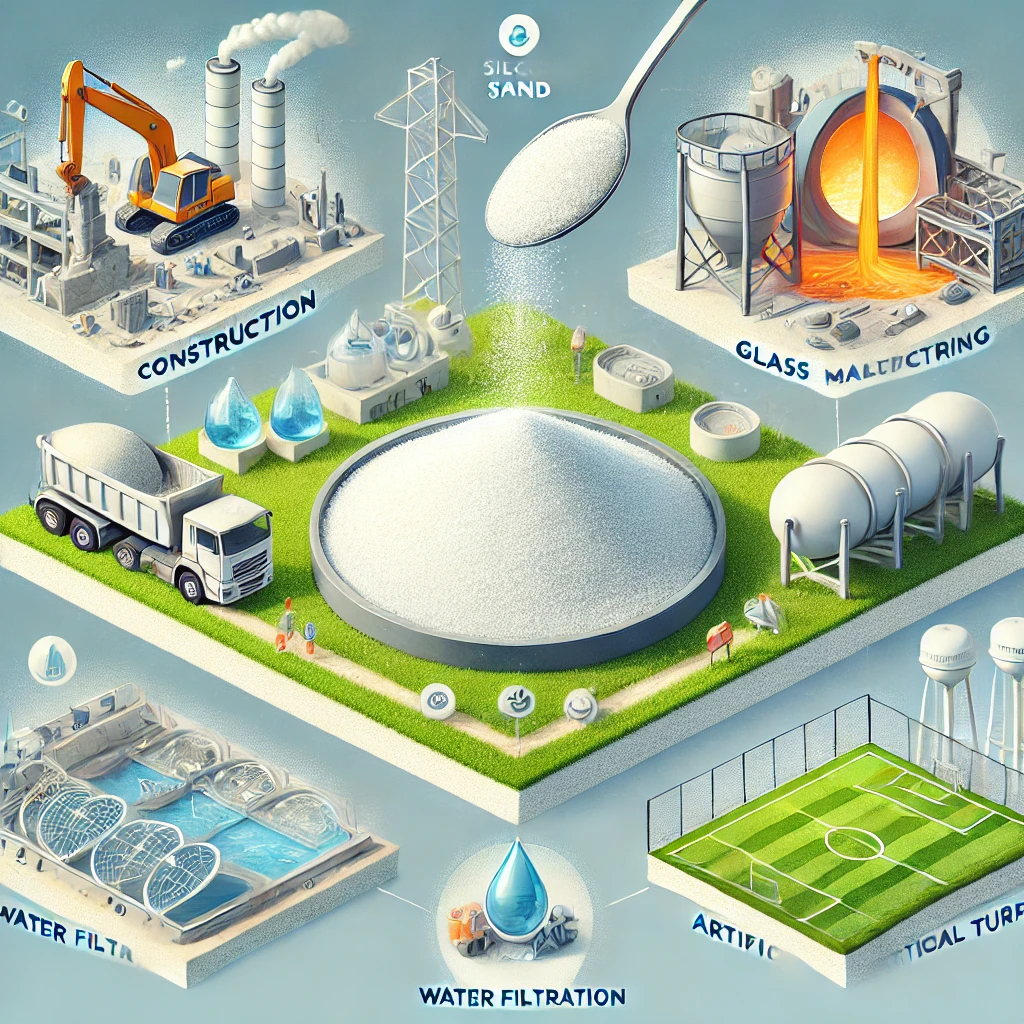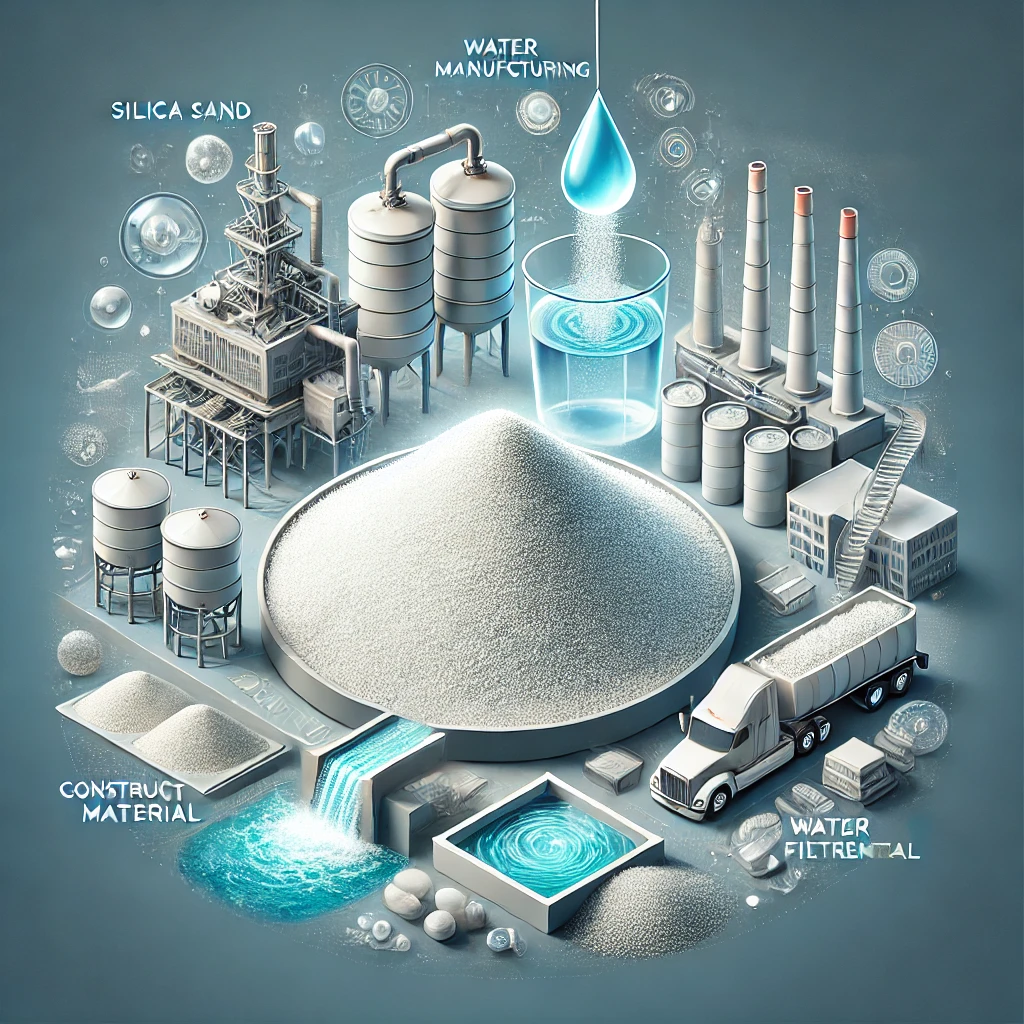Silica sand, a high-purity form of silicon dioxide (SiO₂), is a critical material in the production of medical devices. Its unique properties make it indispensable for creating components that meet the stringent quality and safety standards required in essential healthcare. This article explores the applications, essential benefits, and growing significance of silica sand in the medical devices industry.
Why Silica Sand is Vital for Essential Devices
Silica sand is the foundation for producing high-purity silica and silicon, materials essential for manufacturing a wide range of medical devices. Its exceptional chemical stability, biocompatibility, and precision properties ensure reliability and safety in healthcare applications.
Applications of Silica Sand in Medical Devices
Silica sand’s versatility and high purity make it valuable in the following areas:
- Diagnostic Equipment
- Silica-derived components are used in imaging devices such as X-ray machines, MRI scanners, and CT systems, ensuring accurate and reliable performance.
- Medical Implants
- Silicon-based materials derived from silica sand are crucial for producing bioinert implants, including dental crowns, joint replacements, and bone repair scaffolds.
- Laboratory and Analytical Equipment
- Silica is used in the manufacture of precision glassware and testing equipment, critical for laboratory diagnostics and research.
- Microfluidics and Sensors
- High-purity silica is used to fabricate components for lab-on-a-chip devices and biosensors, enabling rapid and accurate medical testing.
- Pharmaceutical Packaging
- Silica-based glass provides the chemical resistance and durability needed for vials, syringes, and other pharmaceutical containers.
- Advanced Applications
- Emerging technologies, such as wearable medical devices and AI-powered diagnostic tools, rely on silicon microchips derived from silica sand.
Benefits of Silica Sand in Medical Devices
Silica sand offers several advantages that make it a preferred material for medical devices:
- High Purity: Meets the stringent requirements for medical-grade materials.
- Biocompatibility: Ensures safety and compatibility with the human body.
- Thermal and Chemical Stability: Provides durability in demanding medical environments.
- Precision Manufacturing: Enables the creation of complex and intricate device components.
- Sustainability: Supports eco-friendly practices by enabling the recycling of silicon-based components.
Challenges and Innovations in Using Silica Sand
While silica sand is abundant, producing medical-grade silica requires advanced processing to achieve ultra-high purity levels. Innovations in extraction and processing technologies are addressing these challenges, ensuring sustainable and efficient production.
Emerging trends include:
- 3D Printing: Silica-based materials are increasingly used for additive manufacturing of custom medical devices.
- Nanotechnology: Silica nanoparticles are being explored for drug delivery systems and diagnostic imaging enhancements.
Sourcing High-Quality Silica Sand for Medical Devices
Manufacturers must source silica sand from trusted suppliers to ensure compliance with industry standards. Key factors to consider include:
- Purity levels exceeding 99.9% SiO₂
- Consistency in particle size and composition
- Adherence to regulatory requirements for medical applications
Future Outlook
The demand for high-purity silica sand in the medical devices sector is poised to grow, driven by advancements in healthcare technology and the increasing need for precision medical solutions. As industries innovate, silica sand will continue to be a foundational material for creating safe, reliable, and cutting-edge medical devices.
Explore More About Silica Sand and Healthcare Applications
Stay informed about the latest trends, innovations, and applications of silica sand in the medical devices industry. Visit our blog for expert insights and comprehensive articles!
4o



